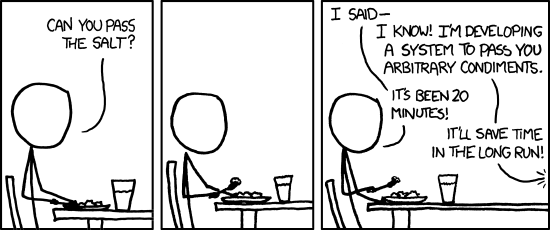I spent some time today learning about Heat autoscaling groups,
which are incredibly nifty but a little opaque from the Heat command
line, since commands such as heat resource-list don’t recurse into
nested stacks. It is possible to introspect these resources (you can
pass the physical resource id of a nested stack to heat resource-list, for example)…
…but I really like visualizing things, so I wrote a quick hack called dotstack that will generate dot language output from a Heat stack. You can process this with Graphviz to produce output like this, in which graph nodes are automatically colorized by resource type:
